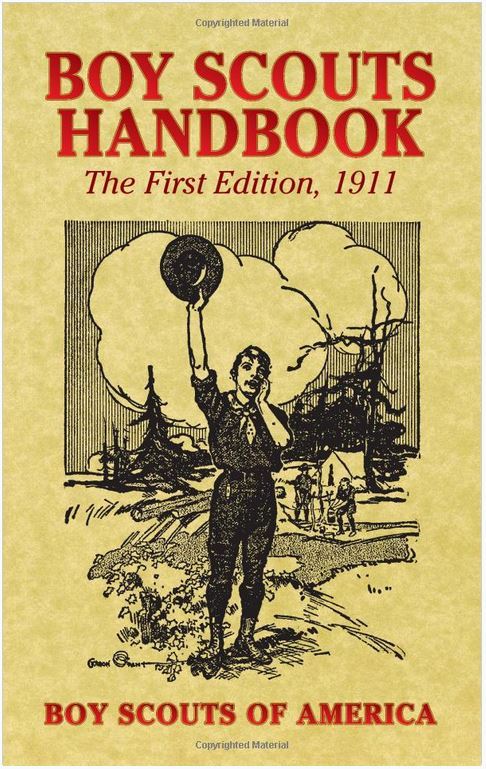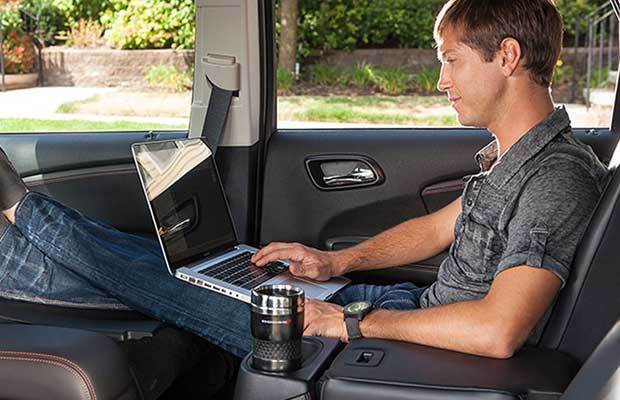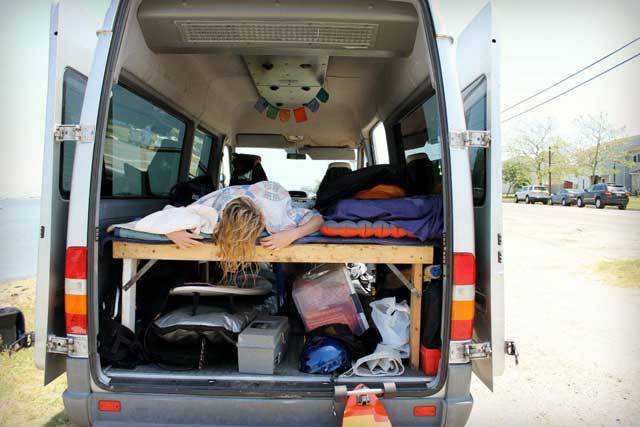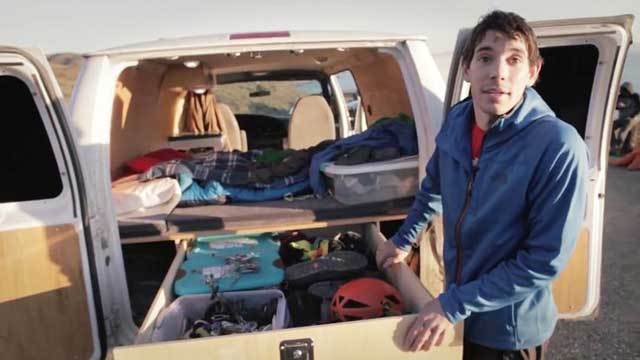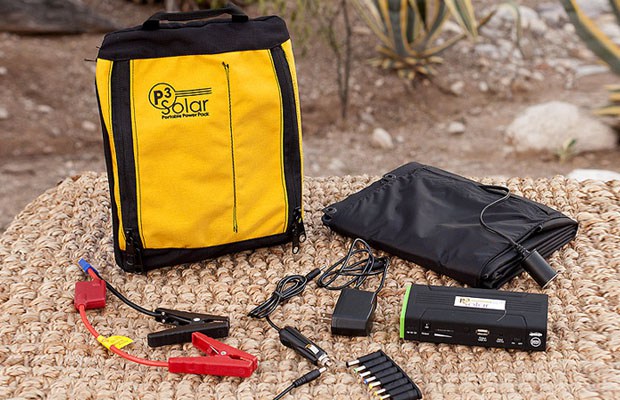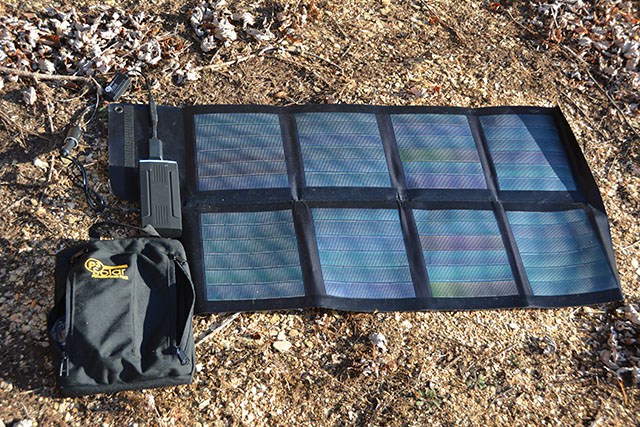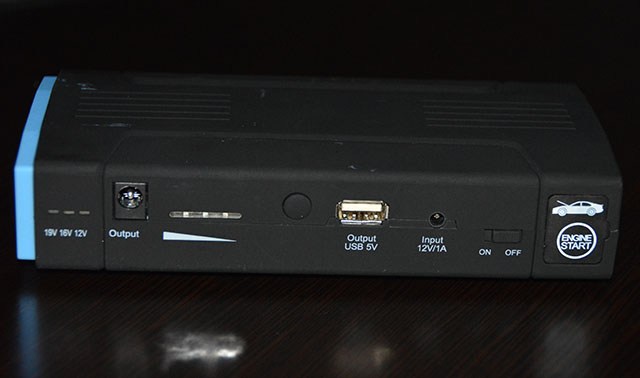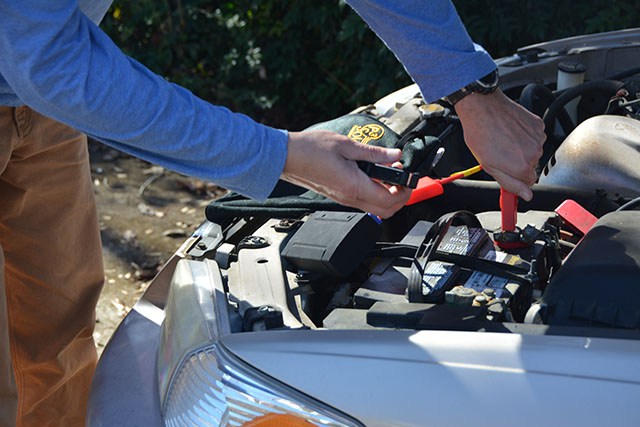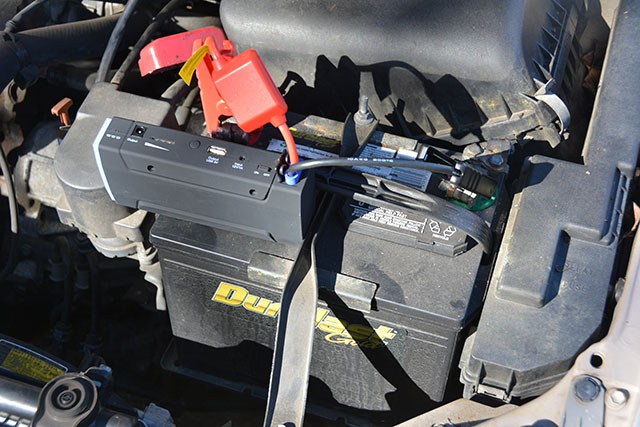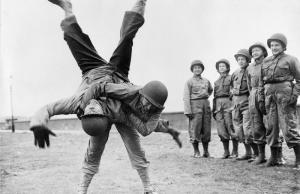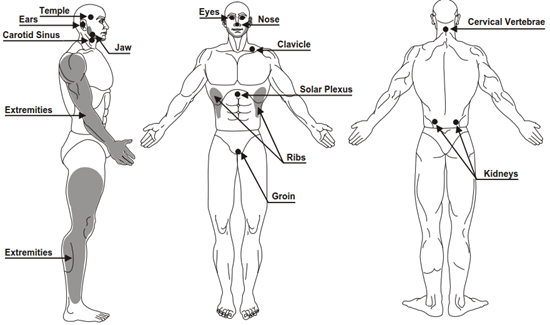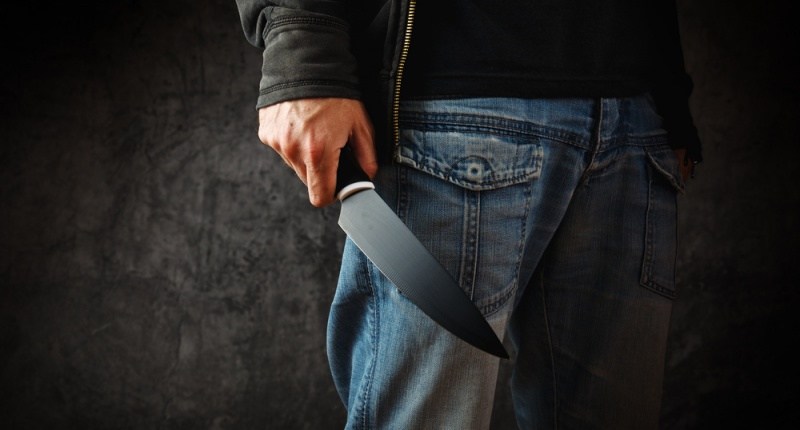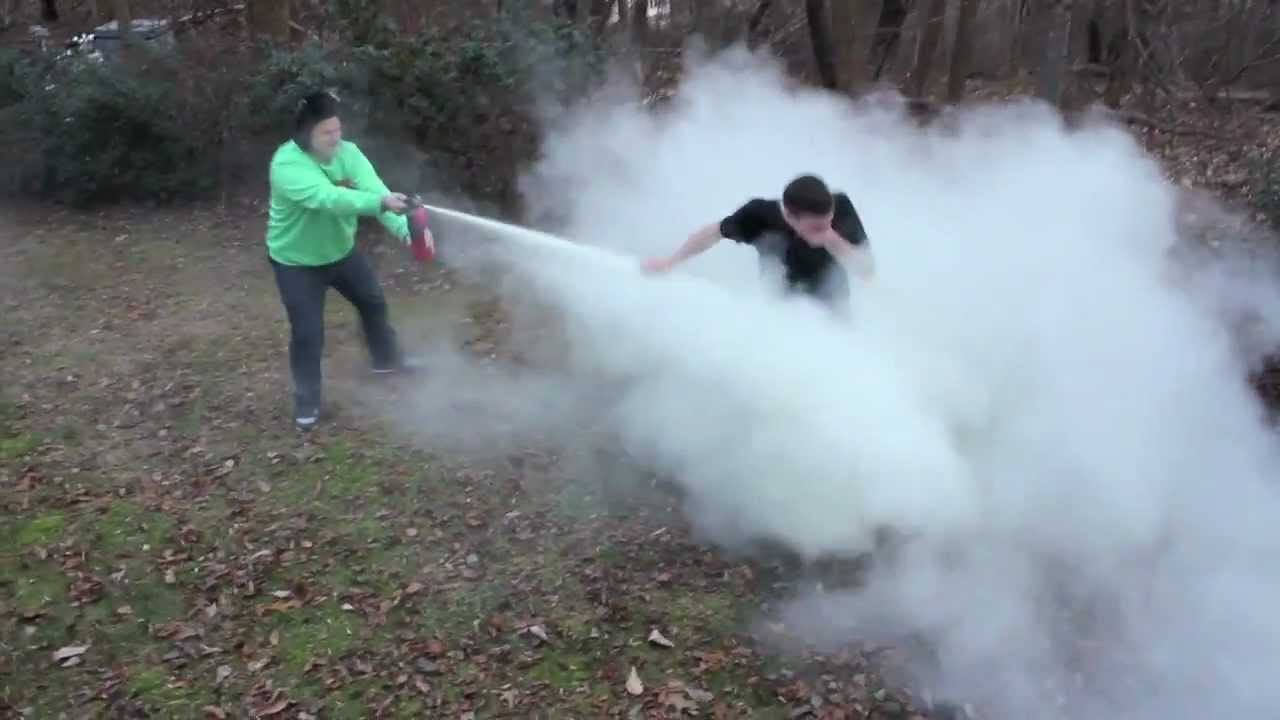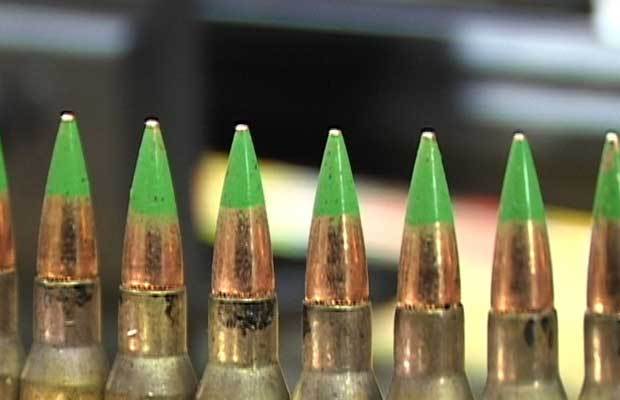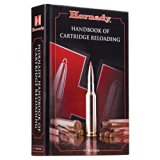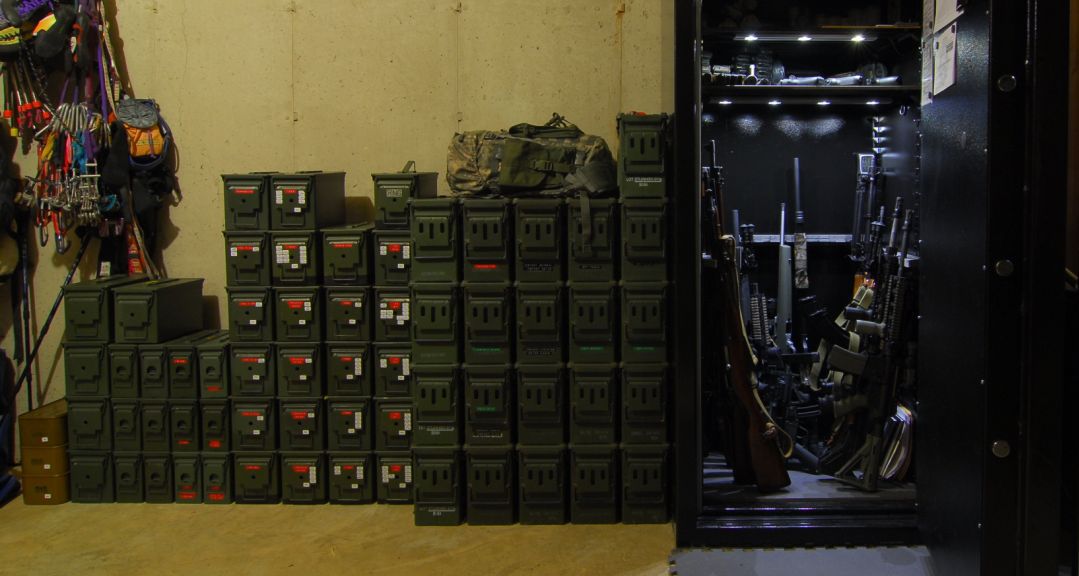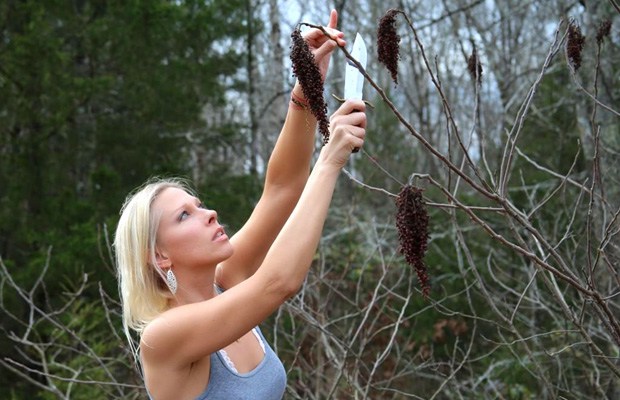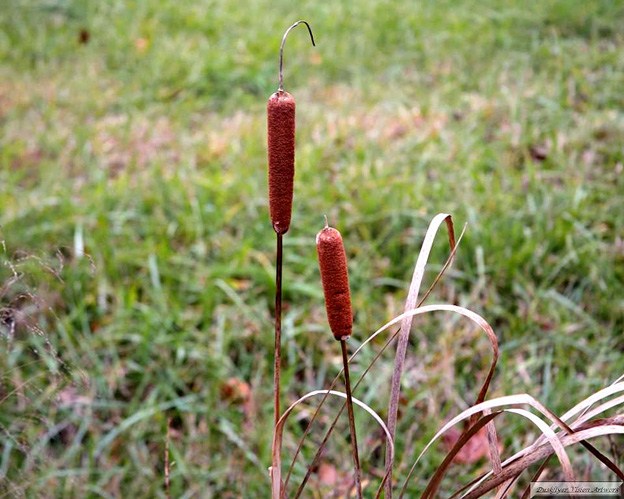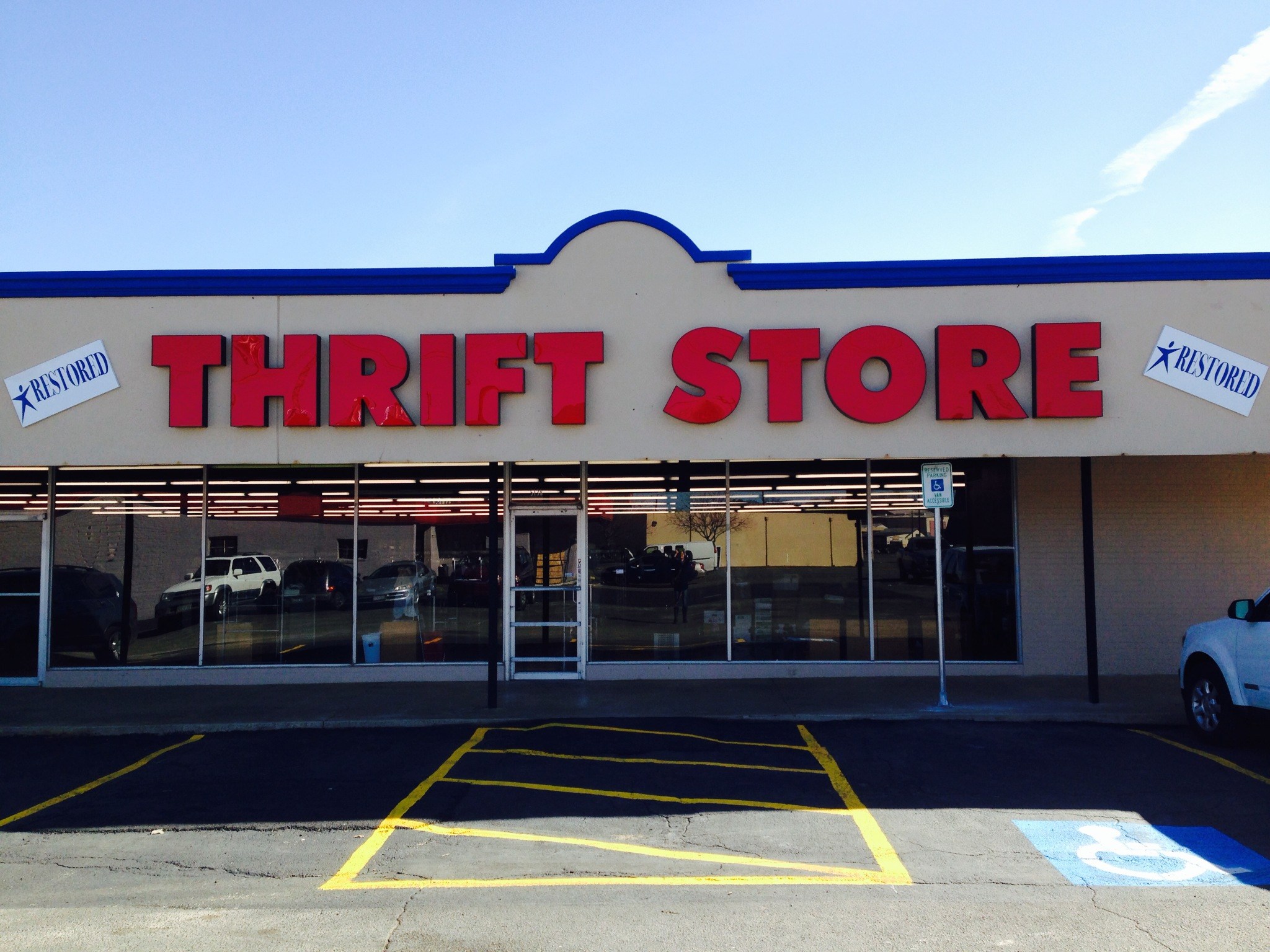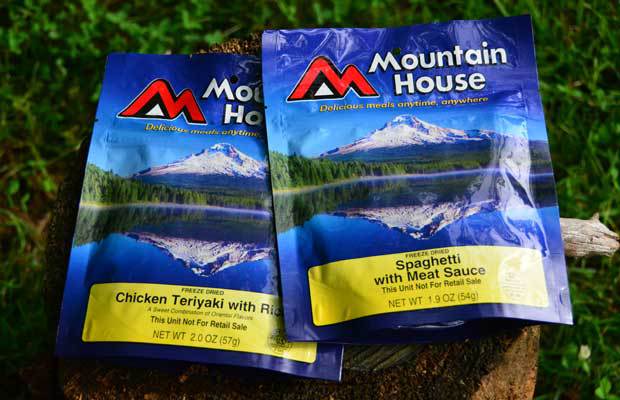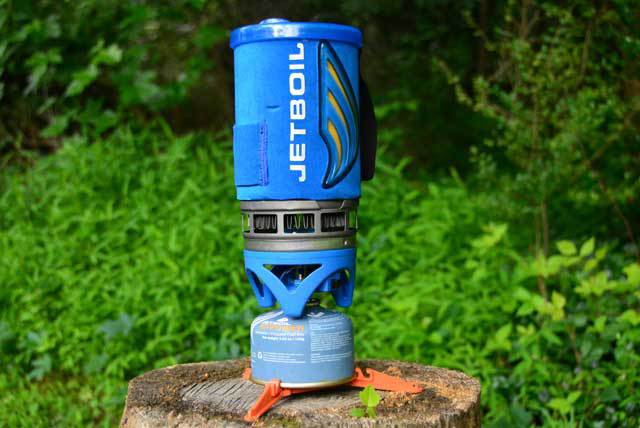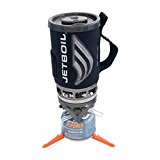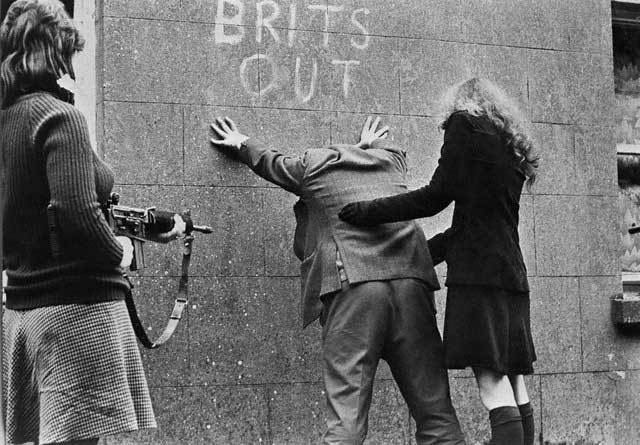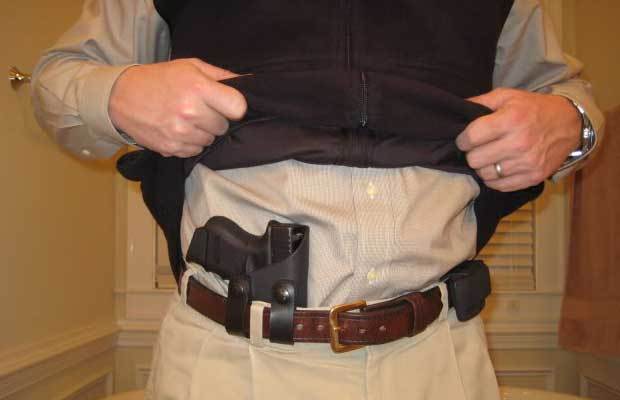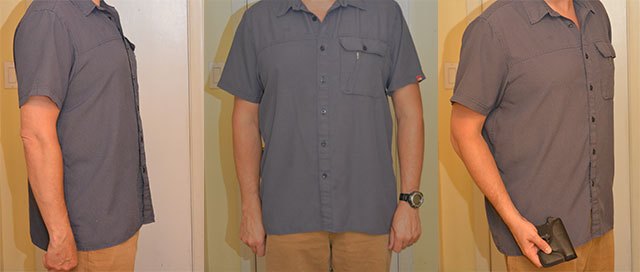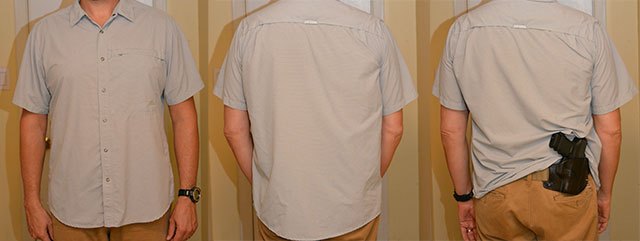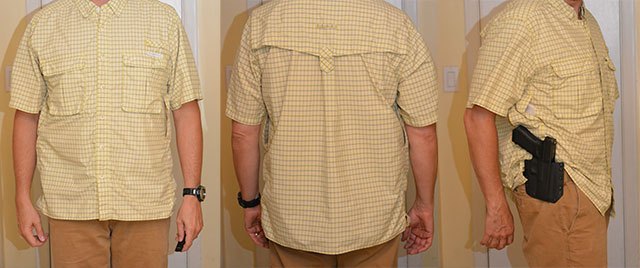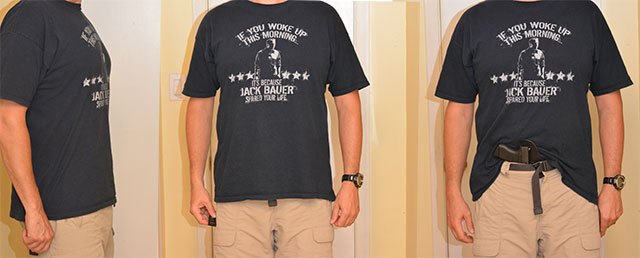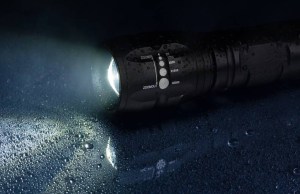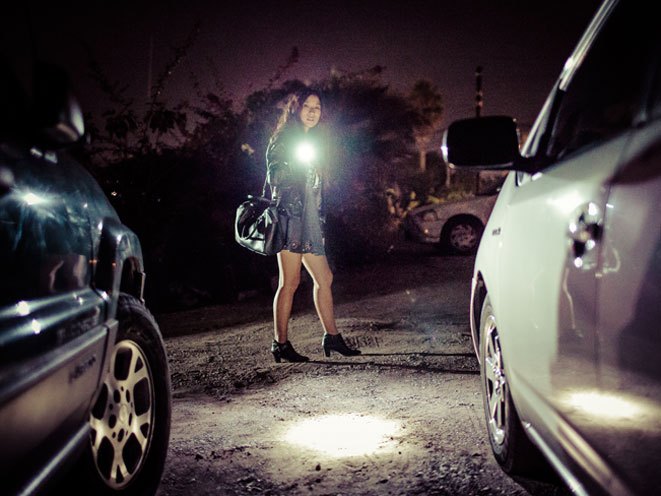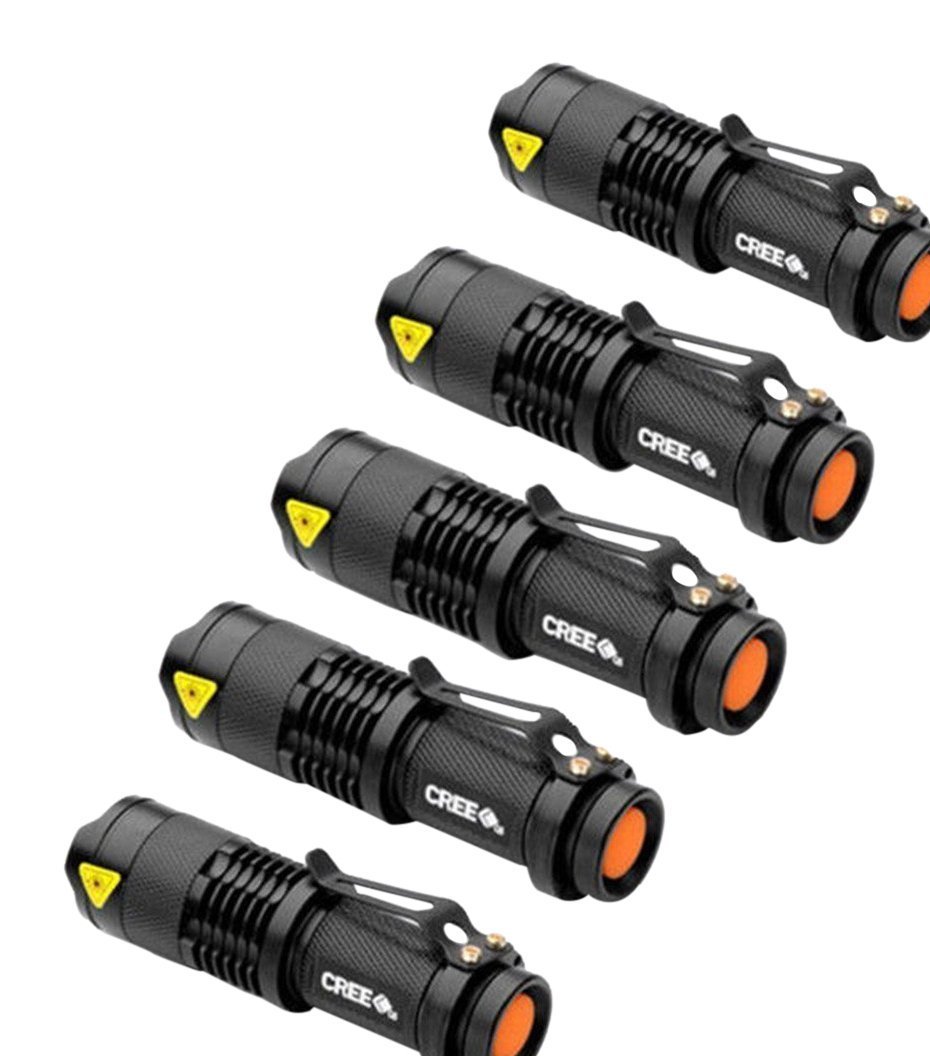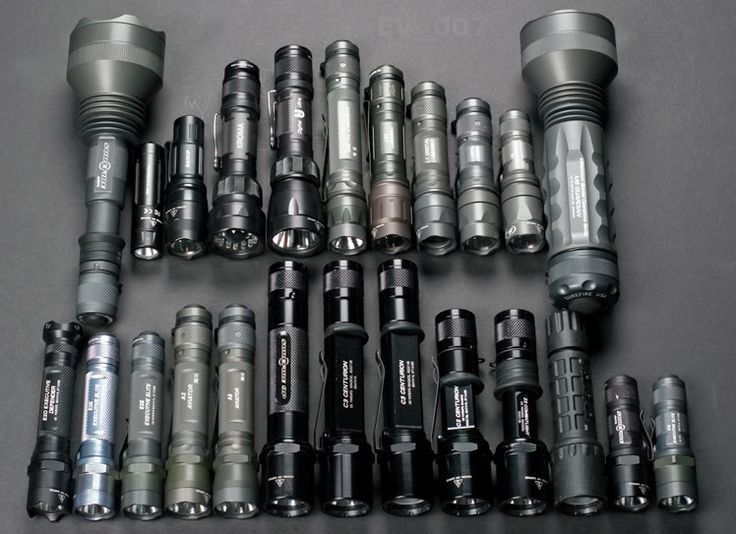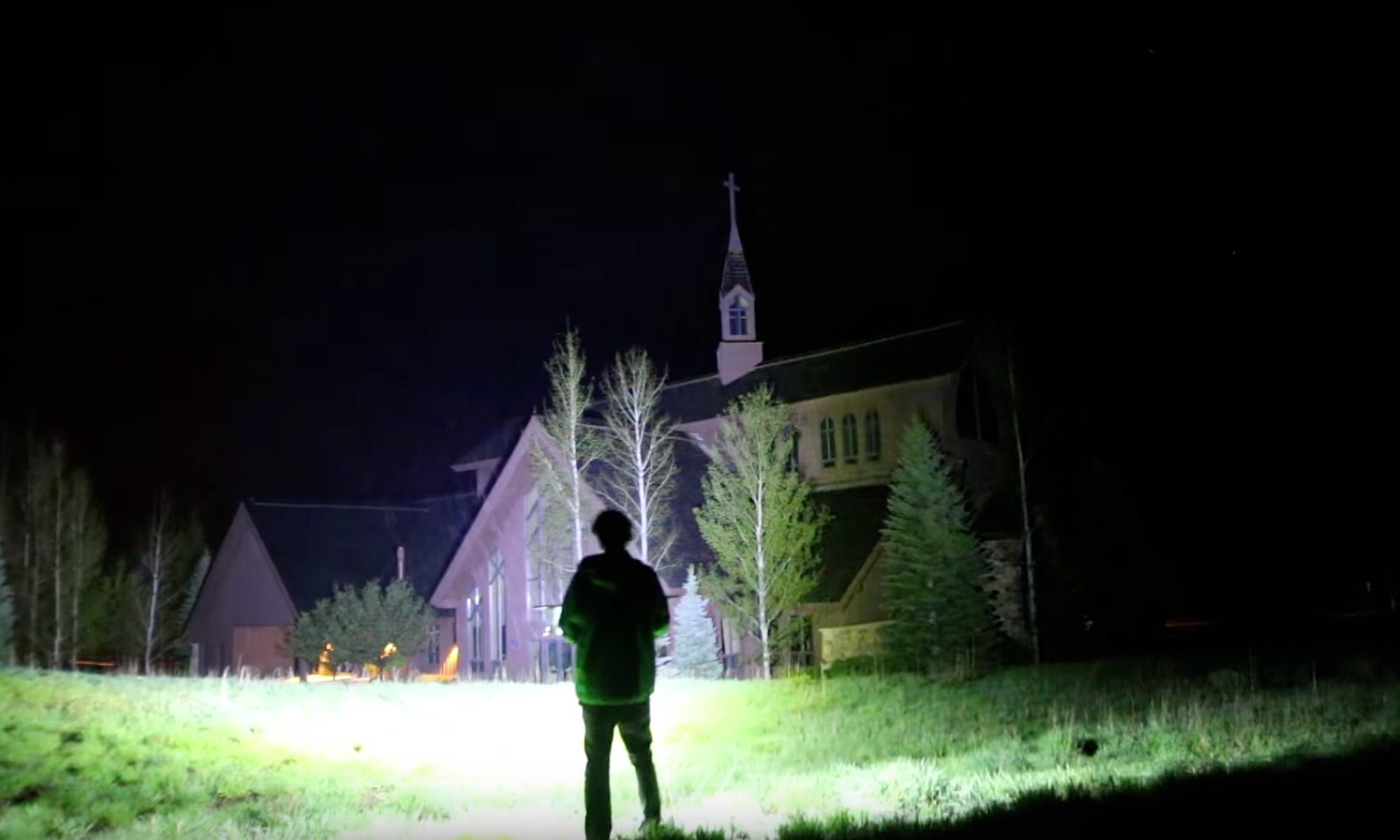5 Ways To Get the Most from Boy/Girl Scouts
The Boy Scouts and Girl Scouts are two universally known organizations that many kids participate in growing up. As prepper parents, enrolling your kids in the Scouts is one of the first steps toward a preparedness lifestyle that we can do for our children. But not every experience in the Scouts is the same. Here are some excellent ways to get the most out of Scouts for your child.
Be The Troop Leader
Our lives are busy. We need to work, upkeep the yard and house, get groceries, run errands, and more. So naturally, parents often see activities for their kids as short-term daycare. It’s a great way to get a break from entertaining them and get needed stuff done. But doing so is a missed opportunity for many reasons.
As a prepper, there is no one better suited to lead a Scout troop than you. You’re already attuned to wilderness and preparedness ideas. So when you lead the kids in different activities, you’ll have a great depth of experience to draw from.
The Scouts are wonderful at providing their leaders with a vast array of ideas, activities, and badges to earn. So many that any one troop can only cover a small fraction of them. This leads to a huge degree of different experiences between troops. By being the troop leader, you can choose the best badges to work on for younger troops that will teach them the values you want. In an older troop, you can help guide them and encourage them to pick the badges that most reflex preparedness.
Leading a troop is also a great way to spend quality time with your children. Your kid will become more emotionally invested in the Scouts and the lessons learned there when you show them how much you like it by doing it with them. They’ll respect you more as they get to see you become a leader in the community, not just at home.
You also have the amazing opportunity to guide and shape the next generation as they learn from you. If everyone went to Scouts and grew up to be preppers, the world would be a much better place.
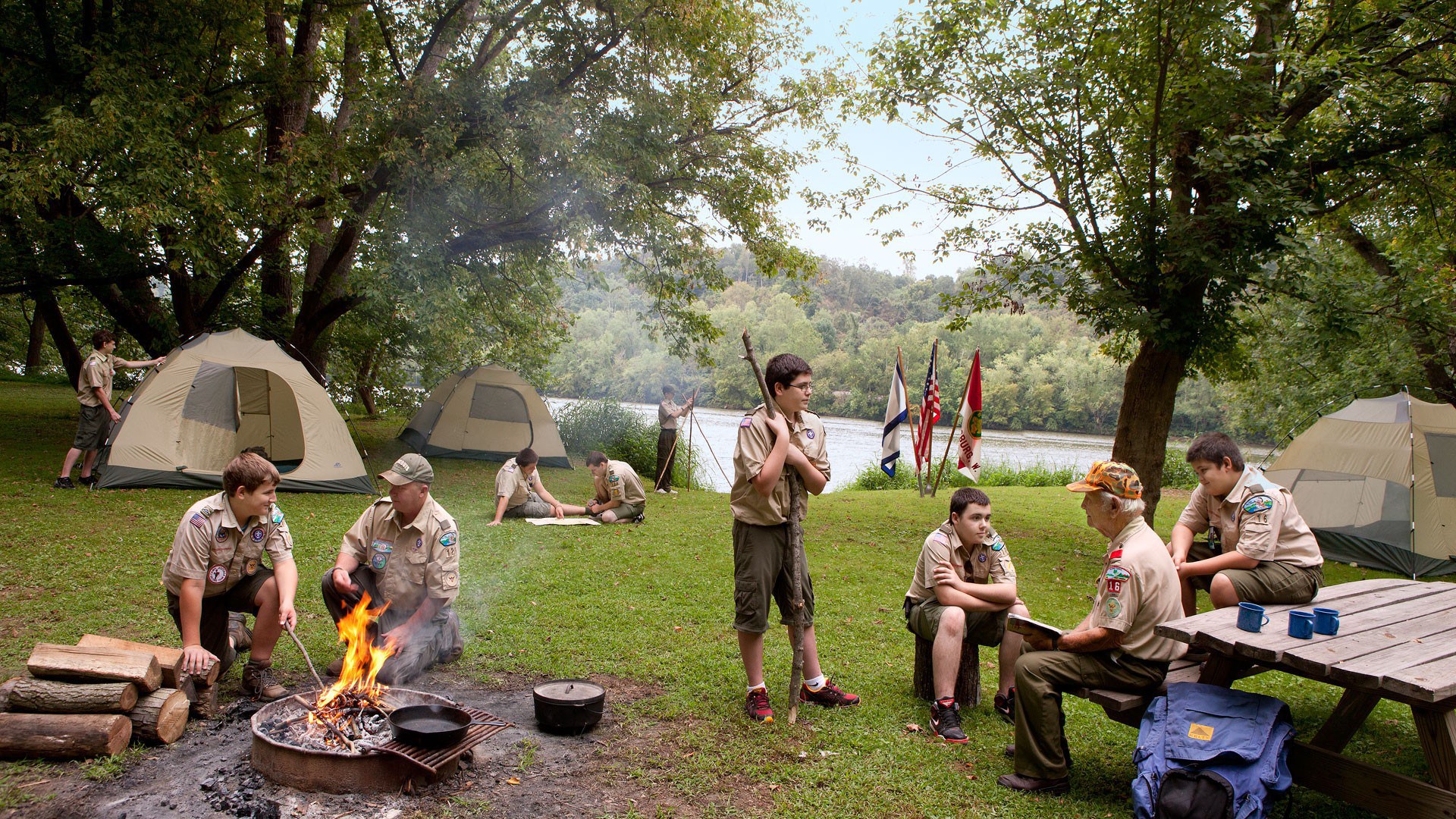
As a prepper, there is no one better suited to lead a Scout troop than you. You’re already attuned to wilderness and preparedness ideas.
Volunteer Frequently
If your schedule doesn’t allow for being a leader or co-leader of a troop, then do your best to volunteer frequently. Running a troop is hard work. You need to plan ahead and have everything prepared for each meeting. Almost every troop has two leaders, but the burden is still felt. So, I guarantee that your child’s Scout troop is always excited to accept volunteers at every meeting. They’re probably already begging for it.
By volunteering, you gain all of the benefits for your child as being the leader, except to a lesser extent. Some leaders will gladly let you pick the badge or topic for a meeting or two. This lets you guide which areas your child is learning.
If that’s still too much commitment, then just being at the meeting to help corral the children when necessary will lift a huge weight off the leader’s shoulders. It will allow them to focus on being prepared for each activity while you handle the dirty work.
It also reinforces the importance of Scouts and the lessons learned even if you’re just sitting on the sidelines and helping to pass out snack. When your kids are older, they will remember and thank you.
Attend Every Meeting
One of the good things and bad things about Scouts is that it meets much less frequently than other activities, such as sports. This makes it easier to make each meeting as they’re often once every two weeks or even once a month. But it also makes it easier to miss as you’re not in the weekly routine of it.
Make Scouts a commitment. Make it a priority to never miss a meeting for any reason. Because they meet so infrequently, each meeting is ever more precious and valuable.
In addition to making sure your child attends every meeting, make sure to attend them yourself. This way, you’ll always be around to volunteer when needed. You’ll also have a great influence with the leader in picking badges if they see your face every meeting.
Attending every meeting yourself is also a great way to make new friends. What better friends for you than parents of children that are the same age as your child in the same activities? You can start with play dates for the kids and then do picnics with your families together. Some of my best friends I met through Scouts when I was my children’s leader.
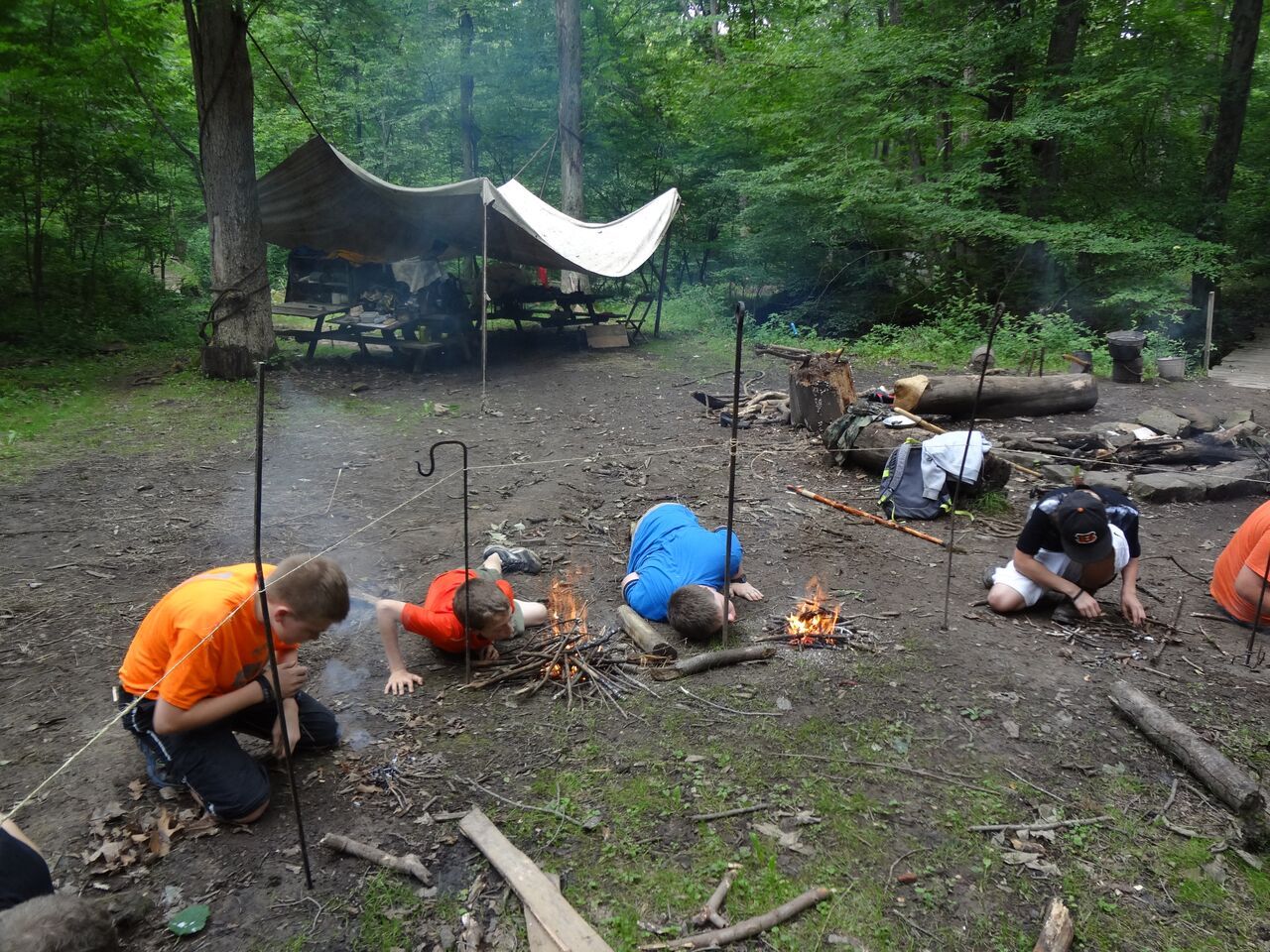
By being the troop leader, you can choose the best badges to work on for younger troops that will teach them the values you want.
Ask To Be In A More Active Troop
Every troop is different. They do different activities and meet at wildly different days and times. When you first sign up for Scouts, most people just give them your contact information and let the organization arrange which troop your child lands in. Often times they do this by geography and your kid will be in a troop with the children living closest to them.
This may be great. Or, you could end up in a troop that meets less and does less interesting badges. But just like picking which teacher your child get each year, you have a strong say in it. Don’t let the random whims of a stranger decide the fate you’re your child’s Scouting future. Take the wheel and find the best one for you.
Contact the Boy Scouts local council or Girl Scouts service unit manager and let them know you want your child added to a troop that meets more frequently and does more activities. If you ask nicely, they’ll be happy to assist you.
This is a little more challenging if you’re joining a newly formed troop as they don’t have the history to know. But this is especially important to know when joining an existing troop. The unit managers will know which leaders are more active in the Scouting community and will give great recommendations.
This will also serve your child’s future in Scouting. More active and exciting troops will often last longer before the kids start dropping out. Staying in the same troop with the same kids and leader always provides for the best experience.
Send Your Kids to Scout Camp
Most Scouting troops only meet during the school year. Thankfully there are a number of Boy Scouts and Girl Scouts summer camps throughout the country. Day and overnight summer camp are amazing experiences for children. There’s new activities like archery, boating, and obstacle courses that are rarely done during the year. Your child will spend more time outside enjoying the wilderness. It’s also a great chance for your kid to make new friends from different cities that they’d never meet otherwise.
Also, since these camps are tied to the larger Scouting organization, you’ll be confident that they’ll teach your kids the same values of preparedness. You’ll also find they are often cheaper than the YMCA camps as you’ll be able to use your fundraising dollars towards it, like Girl Scout cookie sales.
The Boy Scouts and Girl Scouts are two universally known organizations that many kids participate in growing up. As prepper parents, enrolling your kids in the Scouts is one of


